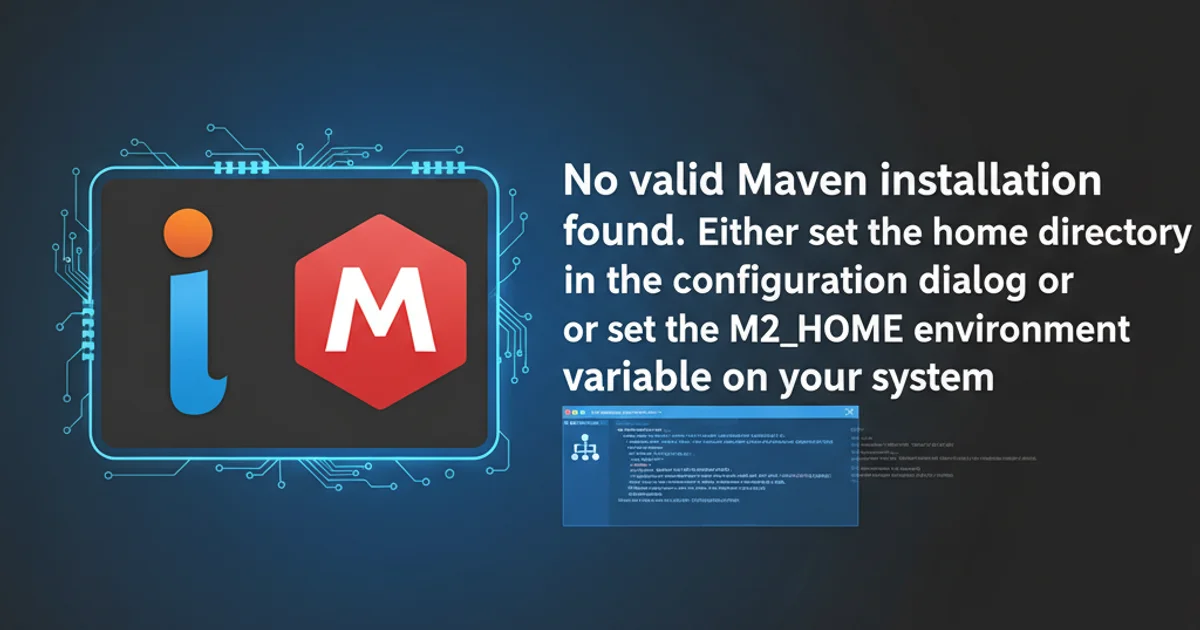What does PMD stand for?
Categories:
What Does PMD Stand For? Understanding This Static Analysis Tool

Explore PMD, a powerful static analysis tool for Java and other languages, designed to identify common programming flaws, dead code, and potential bugs early in the development cycle.
When you encounter the acronym PMD in the context of software development, particularly with Java, it refers to a popular open-source static analysis tool. While it's widely used, many developers might not know its full name or the depth of its capabilities. This article will demystify PMD, explain its purpose, and illustrate how it helps improve code quality.
PMD: Programming Mistake Detector
PMD officially stands for Programming Mistake Detector. Its primary goal is to analyze source code and identify potential problems such as common programming flaws, dead code, suboptimal code, over-complicated expressions, and duplicate code. By catching these issues early, PMD helps developers write cleaner, more maintainable, and more robust software.
PMD is not just for Java; it supports a variety of languages including JavaScript, XML, XSL, and others. It uses a set of built-in rules, and also allows for custom rule creation, making it highly flexible for different project needs and coding standards.
flowchart TD
A[Source Code] --> B{PMD Analysis Engine}
B --> C{Rule Sets (e.g., Java, JavaScript)}
C --> D[AST (Abstract Syntax Tree)]
D --> E{Rule Violations Detected?}
E -- Yes --> F[Report of Issues]
E -- No --> G[Clean Code]
F --> H[Developer Review & Refactor]Simplified PMD Static Analysis Workflow
How PMD Works: Rules and Abstract Syntax Trees
At its core, PMD operates by parsing your source code into an Abstract Syntax Tree (AST). An AST is a tree representation of the abstract syntactic structure of source code written in a programming language. Each node in the tree denotes a construct occurring in the source code.
Once the AST is built, PMD applies a set of predefined or custom rules against this tree. These rules are essentially patterns that PMD looks for. For example, a rule might look for an empty catch block, an unused variable, or a method that is too long. When a pattern matches, PMD reports a violation.
PMD's rules are categorized into different sets, such as 'Best Practices', 'Code Style', 'Error Prone', 'Performance', and 'Design'. This categorization helps developers focus on specific areas of code quality improvement.
public class ExampleClass {
// PMD might flag this as an unused private field
private String unusedField;
public void doSomething() {
// PMD might flag this as an empty catch block
try {
int result = 10 / 0;
} catch (ArithmeticException e) {
// Empty catch block - bad practice!
}
}
public void longMethodExample() {
// ... imagine hundreds of lines of code here ...
// PMD might flag this method as too long or complex
}
}
Benefits of Using PMD
Implementing PMD in your development workflow offers several significant advantages:
- Early Bug Detection: Catches potential bugs and common errors before runtime, reducing debugging time and costs.
- Improved Code Quality: Enforces coding standards and best practices, leading to more readable, maintainable, and robust code.
- Reduced Technical Debt: Identifies and helps eliminate 'bad smells' in the code, preventing technical debt from accumulating.
- Enhanced Team Collaboration: Provides a common baseline for code quality across development teams, ensuring consistency.
- Learning Opportunity: Developers can learn about common pitfalls and better coding practices by reviewing PMD's suggestions.